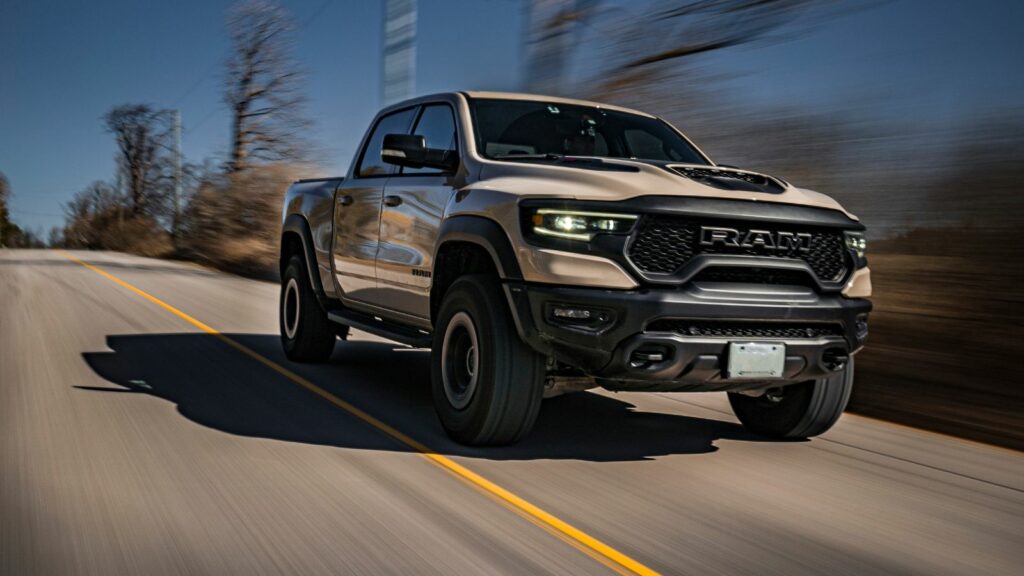Truck buyers often expect long-term reliability, solid resale value, and rugged performance. But not all pickups hold up well in the value department. With shifting consumer preferences, regulatory changes, and new tech integration, some trucks are likely to shed their resale value faster than expected. Here are 20 trucks projected to lose around half their value by 2026.
Nissan Titan
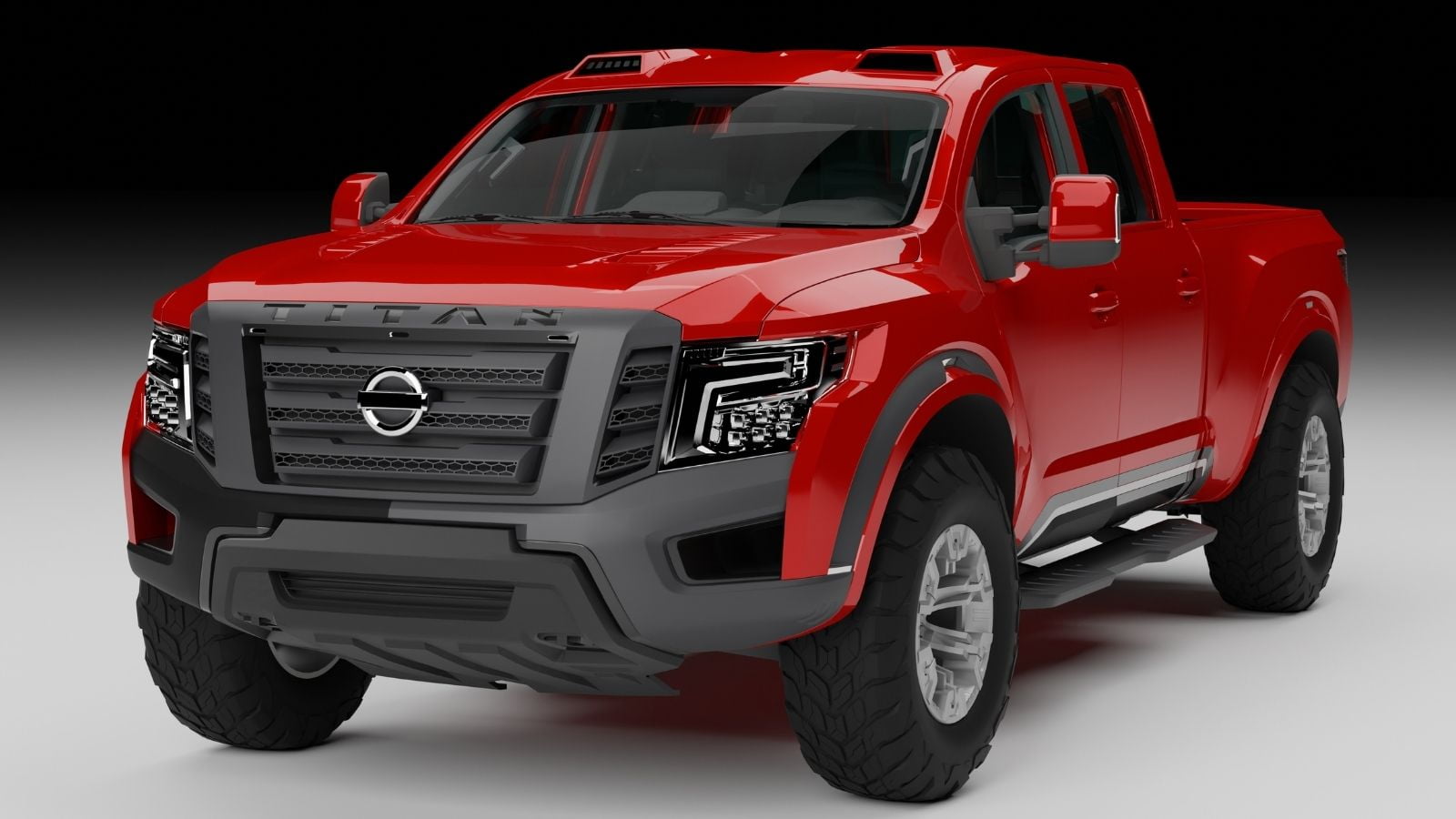
The Titan has long struggled to find a foothold in the Canadian market. Despite its full-size stature and a capable V8 engine, it often lags behind competitors in sales, dealer support, and aftermarket presence. Resale value suffers due to low demand and a lack of perceived brand strength in the truck segment. Nissan’s decision to pull the Titan from the U.S. after 2024 has further worsened its depreciation outlook, as buyers shy away from potentially orphaned models. By 2026, the Titan’s value will likely dip to nearly half of its original MSRP, particularly on trims with less equipment or fewer upgrades.
Ram 1500 Classic
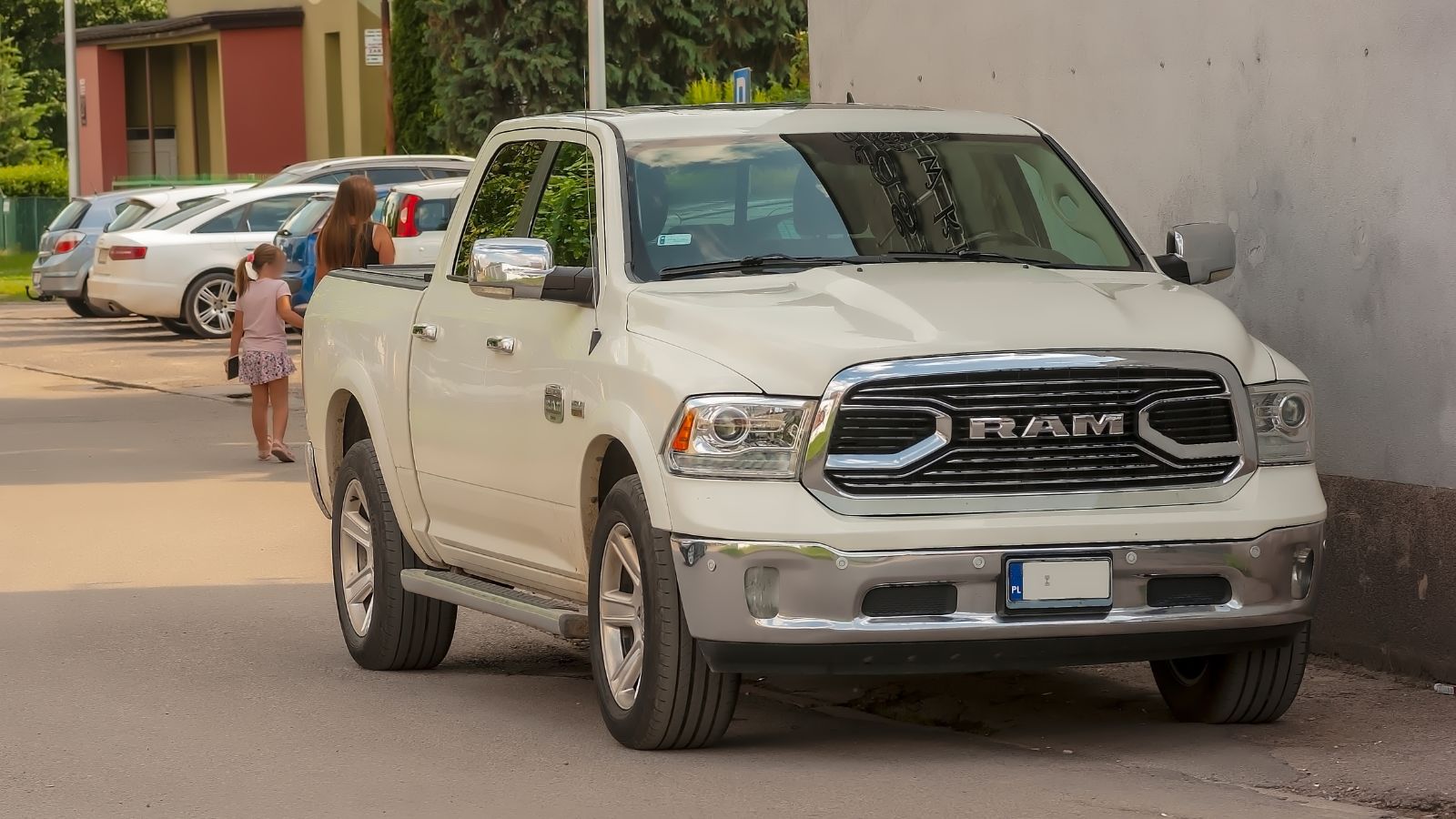
While the Ram 1500 Classic has been kept alive as a budget alternative, its age is starting to show. It uses older architecture and tech, which keeps the initial price lower but also leads to faster depreciation. It lacks the refined features and fuel efficiency found in newer trucks. The steady stream of fleet sales also adds to used market saturation, pushing down resale prices. By 2026, its outdated design and overrepresentation in the second-hand market could easily result in resale values dipping below 50%, especially on base models with high mileage.
Ford Ranger
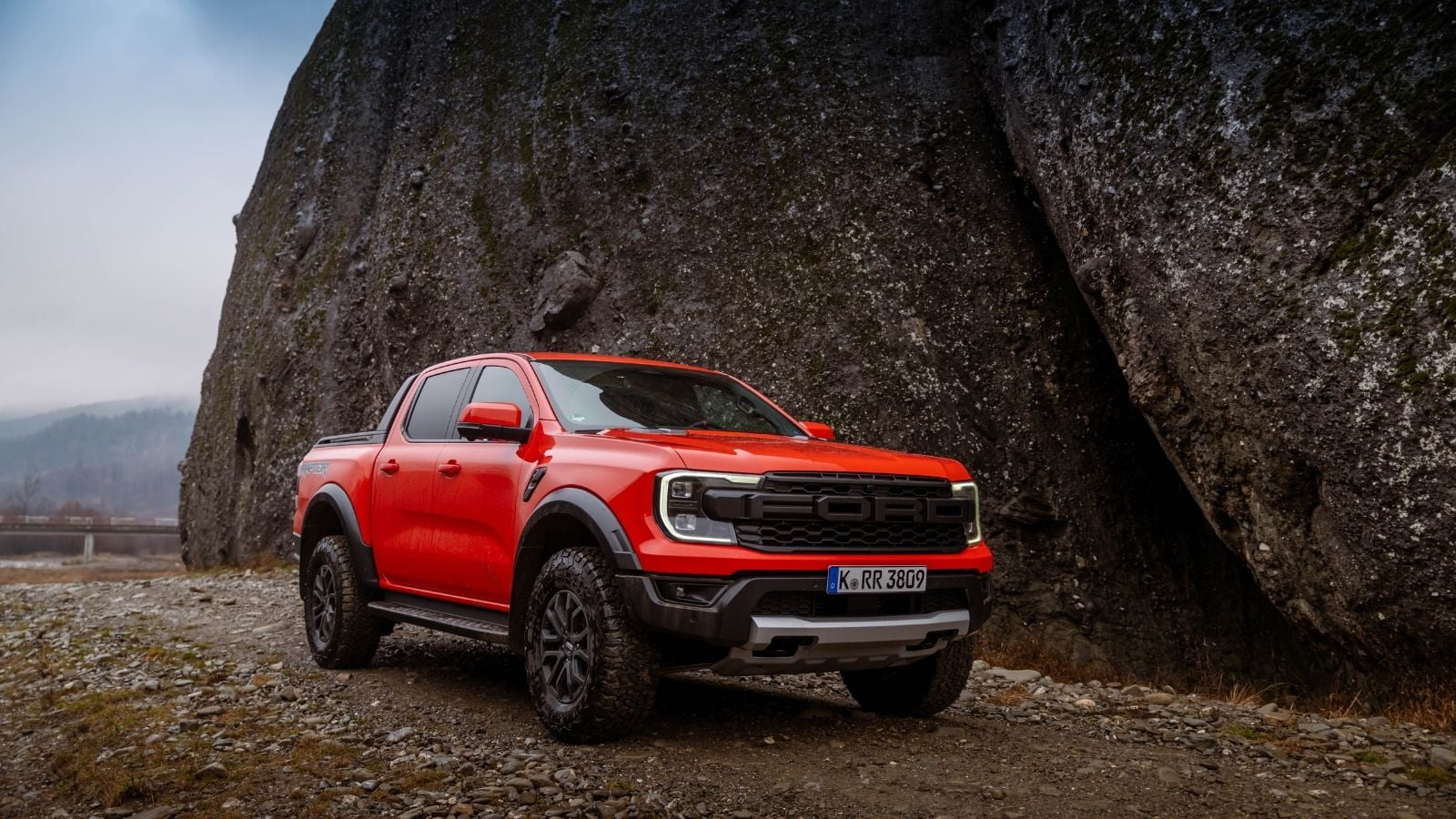
The Ranger was reintroduced with much fanfare, but it’s struggled to justify its price tag in a crowded midsize segment. Buyers often compare it to the Toyota Tacoma or Chevy Colorado, and it typically comes up short in long-term reliability ratings. Resale performance has also been weaker than expected. And, with a new generation already announced, the current model could see steep depreciation in the next year or two. Lack of high-end features and a less comfortable ride further dampen its appeal in the used market, making a 50% value drop by 2026 a realistic estimate.
Chevrolet Silverado 1500 (Base Trim)
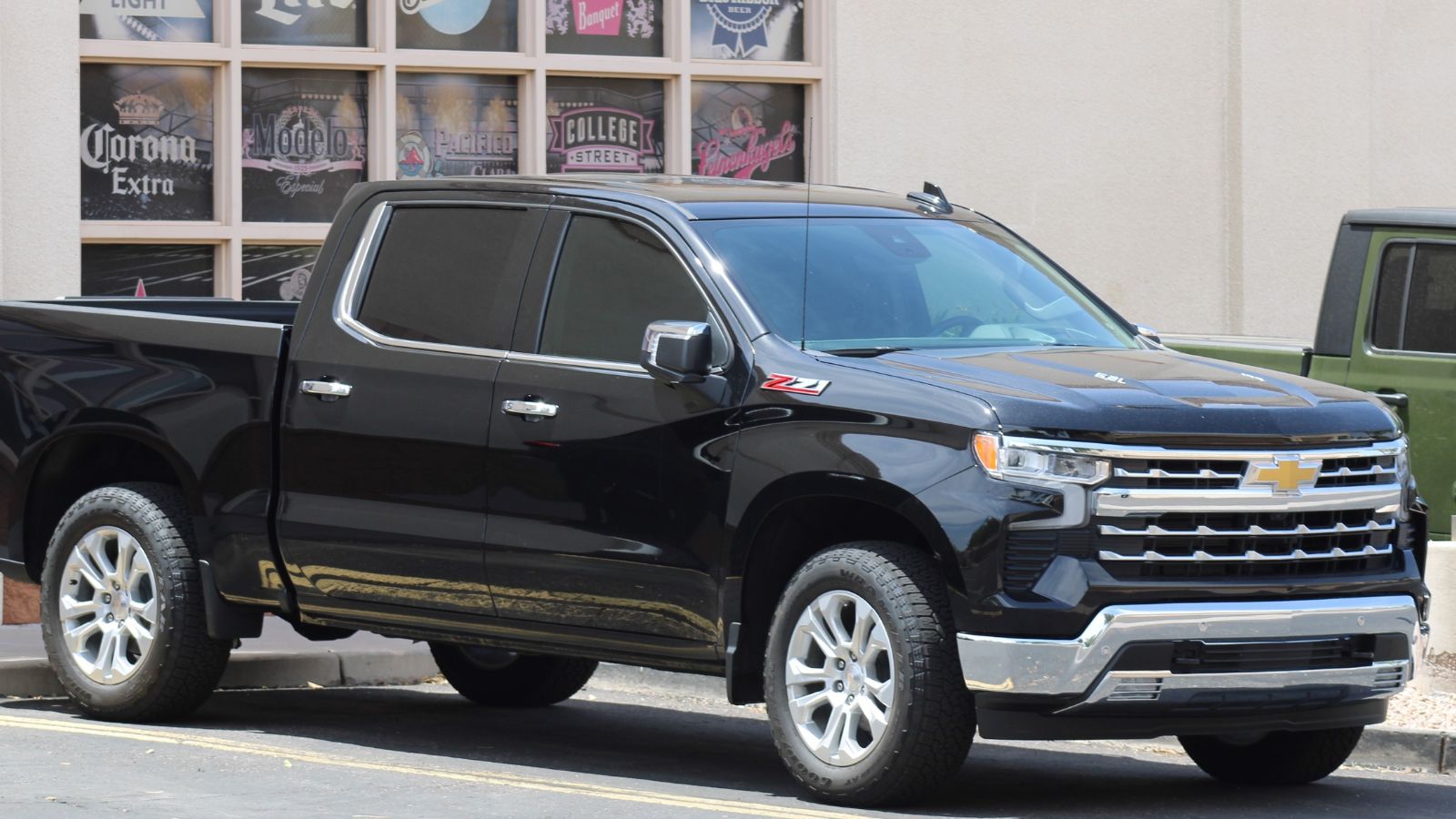
The base Silverado 1500 may be a workhorse, but its limited features and minimal interior refinement make it a tough sell on the used market. Unlike its more upscale LTZ or High-Country variants, the base trims depreciate quickly due to competition from better-equipped used alternatives. Fleet usage contributes to higher volumes in the resale market, adding downward pressure on value. Buyers looking for comfort, tech, or long-term value tend to bypass this trim entirely. And, for those who buy new, the lack of demand by 2026 could mean values falling to around half of the original price.
GMC Canyon (Previous Generation)
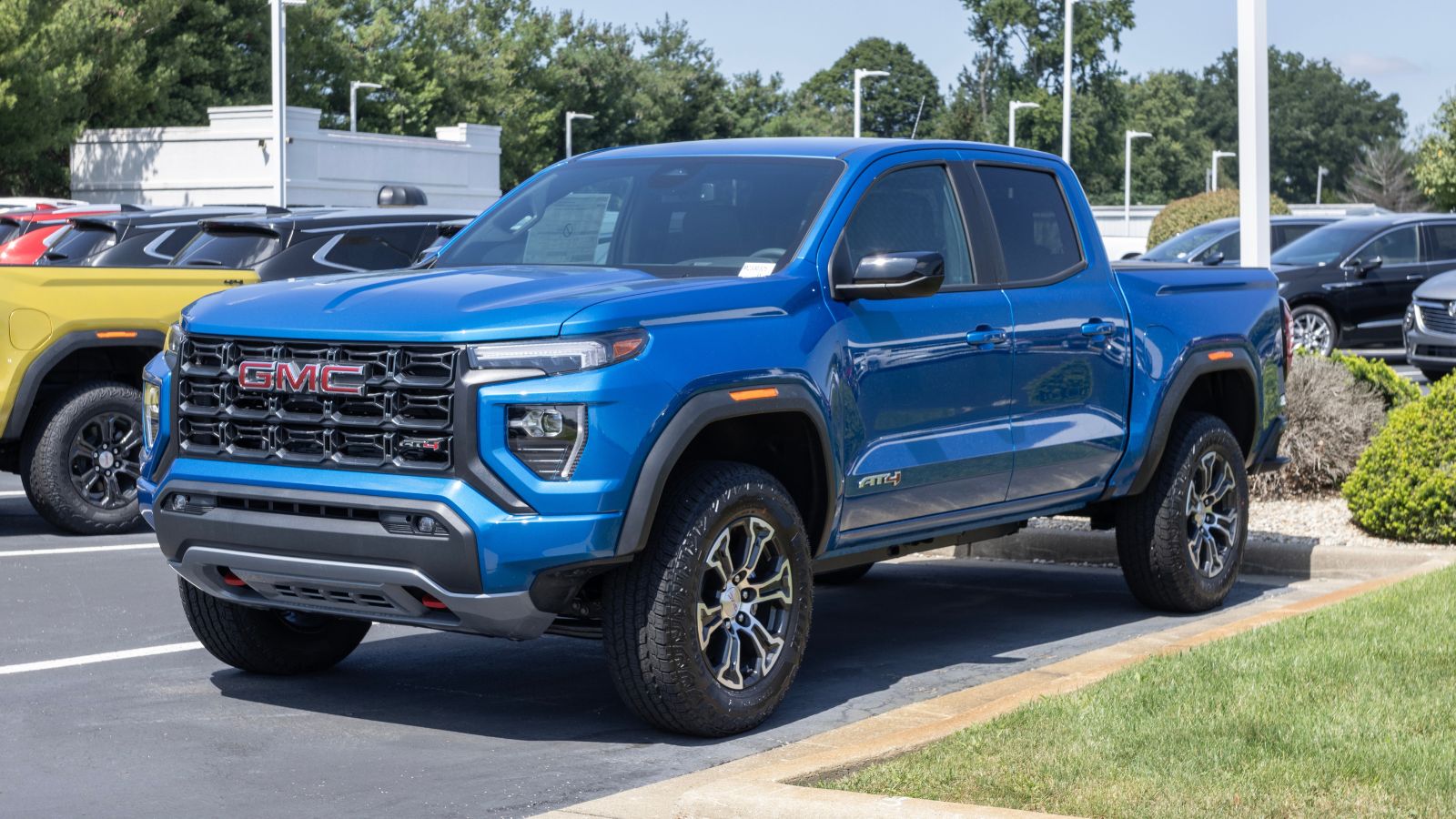
While the latest Canyon has seen improvements, the previous generation is at risk of significant depreciation. Its aging platform and middling performance put it behind segment leaders in both appeal and durability. Limited updates and fewer safety tech features make the older models less desirable. As the used market gets flooded with newer, more appealing alternatives, the previous Canyon could be heavily discounted. Its resale values are already declining and will likely drop even more dramatically by 2026, particularly on lower trims without 4WD or tow packages.
Toyota Tundra (Pre-2022 Models)
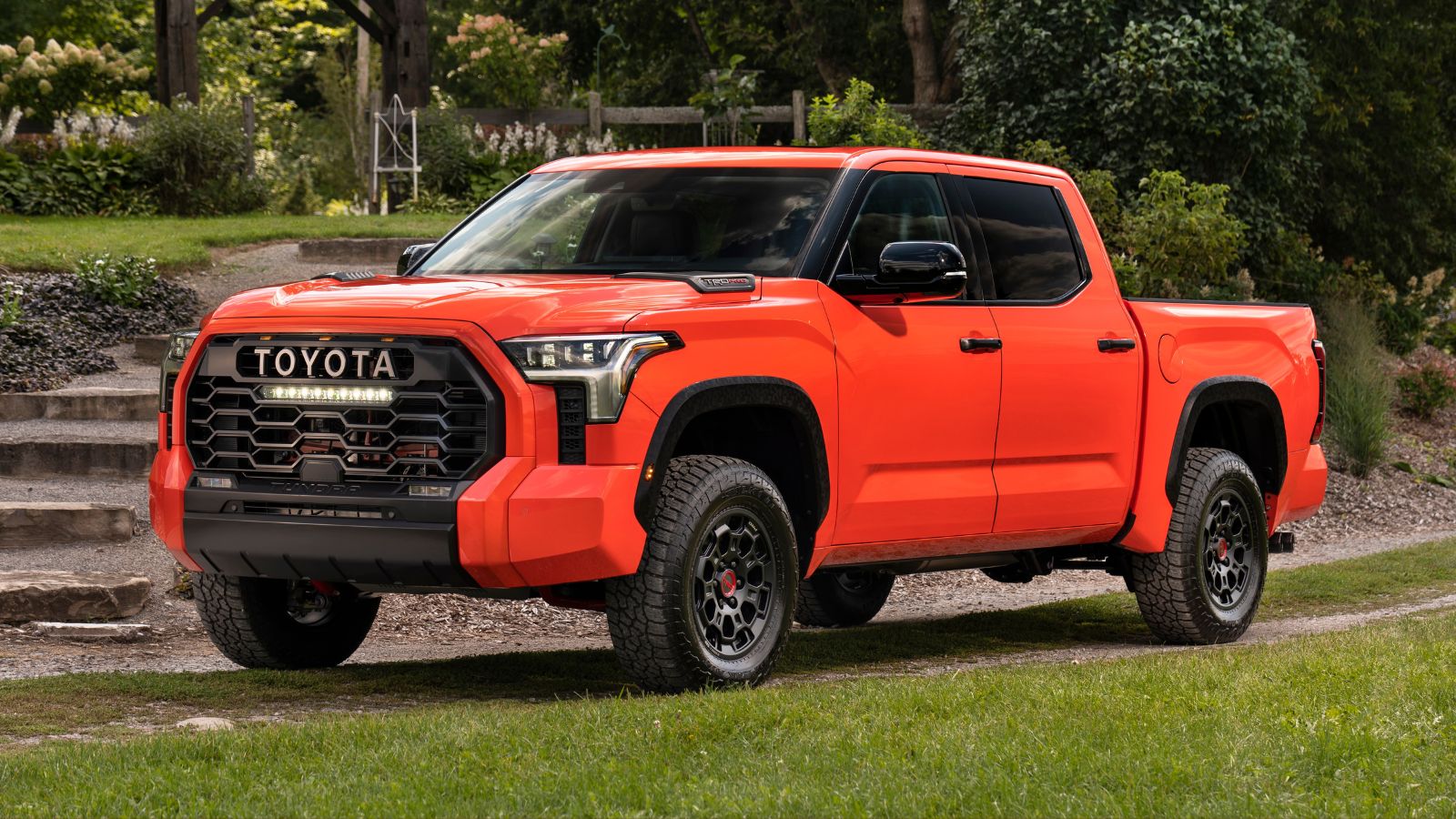
Although Toyota has a strong reputation for reliability, older Tundra models are beginning to show their age. The redesign in 2022 introduced significant improvements in powertrain and technology, which makes previous models look outdated in comparison. Buyers now expect better fuel efficiency, infotainment systems, and safety features. As a result, demand for older Tundras is falling. Plus, the high running costs and stiff ride of pre-2022 models make them less attractive for used buyers, and prices are softening quickly. These factors could drive a 50% depreciation by 2026.
Honda Ridgeline
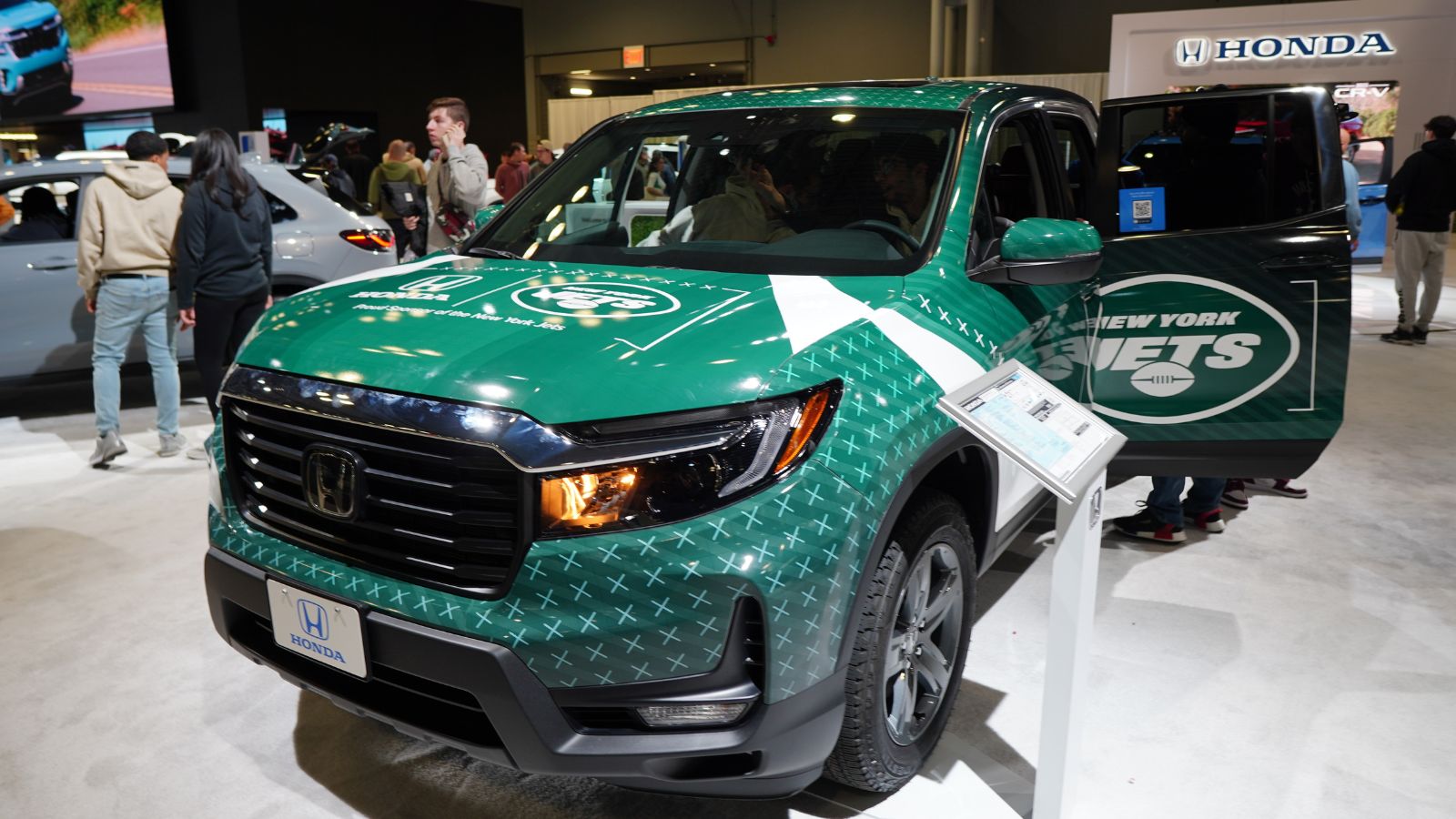
The Ridgeline’s unibody construction appeals to some drivers looking for crossover-like comfort, but it lacks the rugged appeal of body-on-frame competitors. That niche positioning limits its resale demand, especially among traditional truck shoppers. And, while it offers great on-road comfort and decent features, its non-traditional design is divisive. With newer, more versatile midsize options coming to market, the Ridgeline’s resale value is expected to drop significantly. Models lacking AWD or tech packages are especially vulnerable to steep depreciation, and many could lose half their value by 2026.
Chevrolet Colorado (Pre-2023)
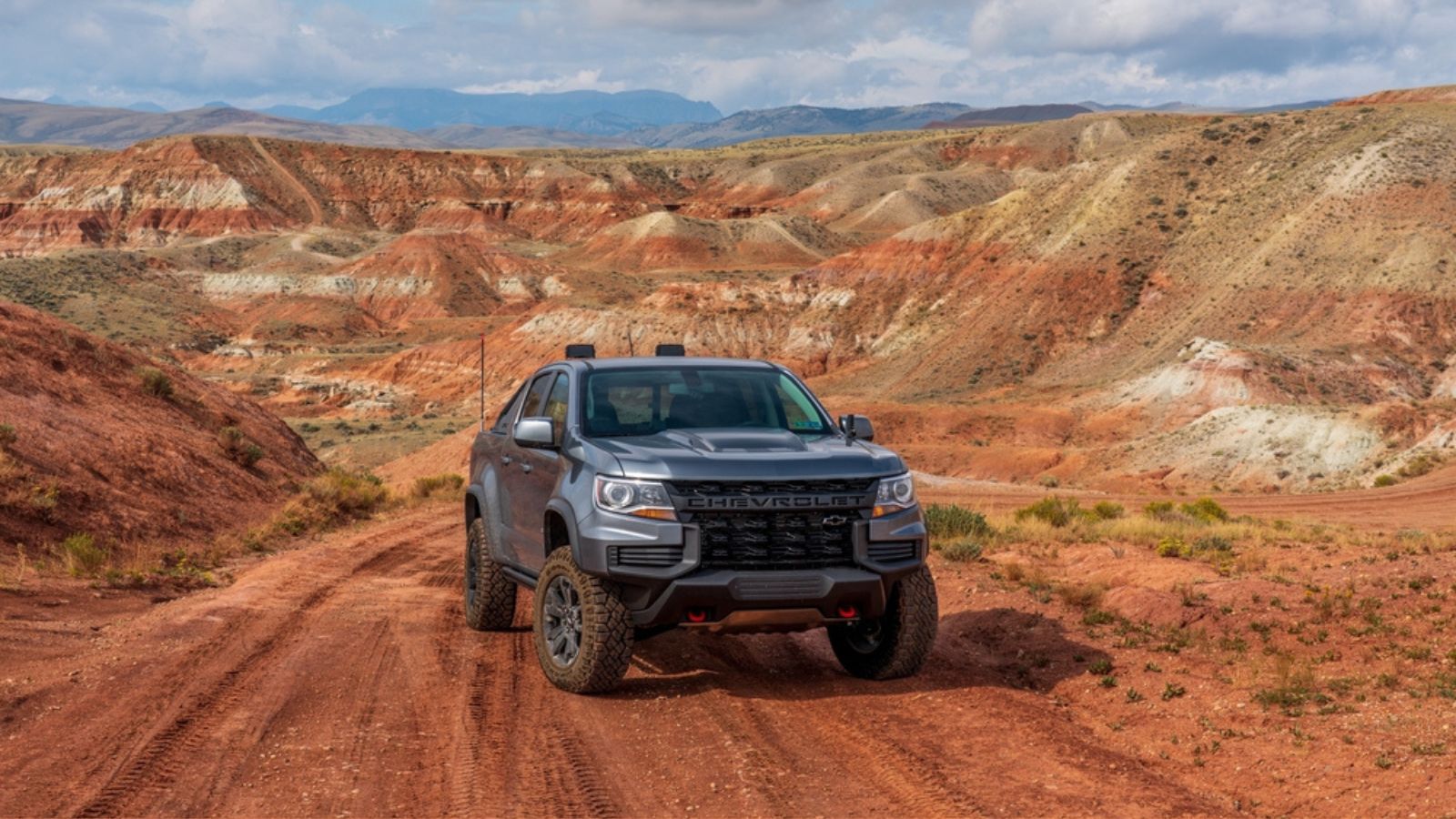
The earlier generation of the Colorado hasn’t aged as gracefully as GM hoped. With average reliability scores and a dated interior, it lacks the wow factor needed to maintain strong resale. The newer model has arrived with major upgrades, making the older version feel outclassed. Buyers are now looking for more tech, improved safety, and fuel-efficient engines—areas where the previous Colorado falls short. The result is growing depreciation pressure. High-mileage or entry-level variants are especially susceptible to hitting the 50% depreciation mark in the next year or two.
Ford F-150 XL
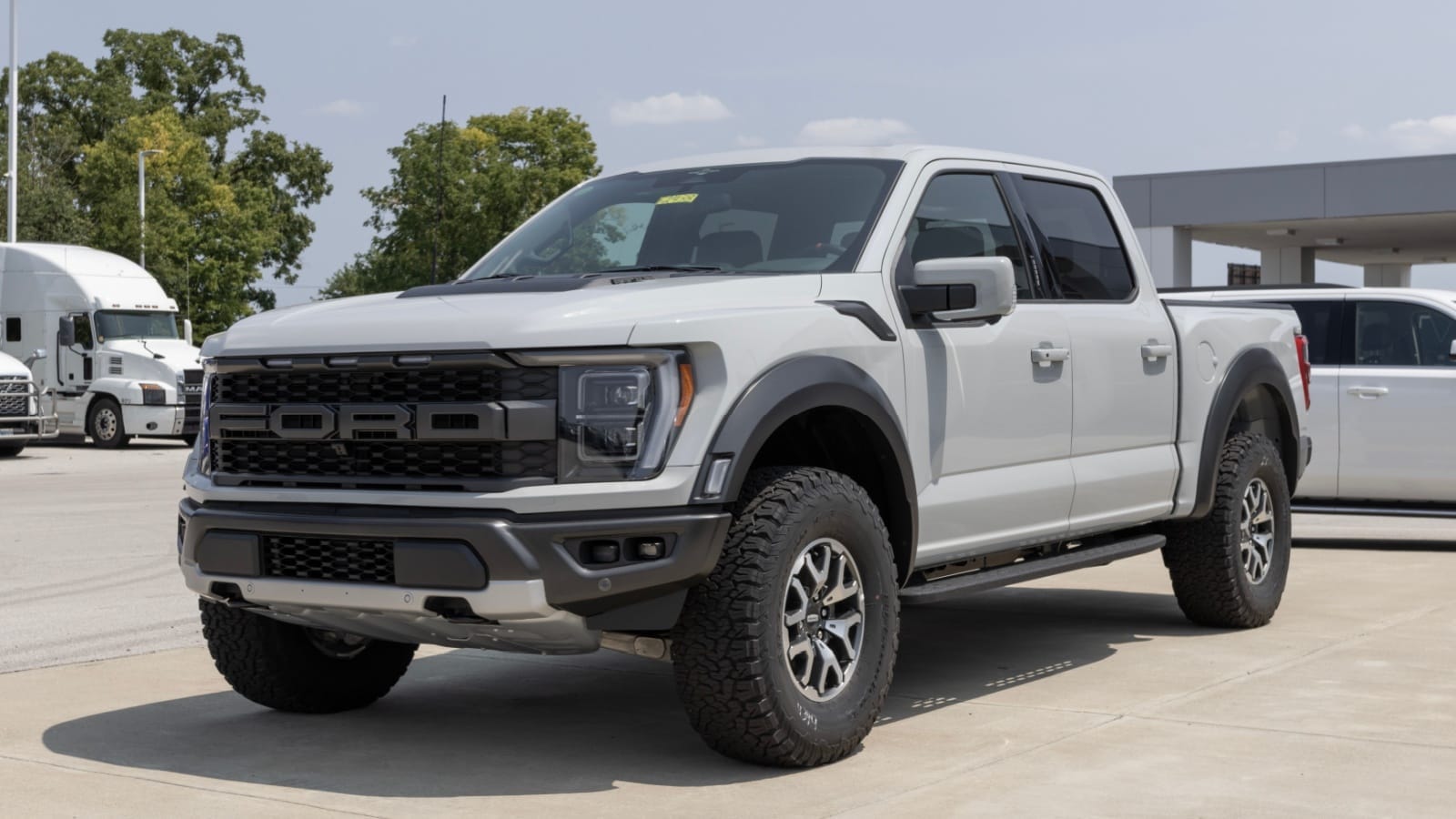
The F-150 is a Canadian favorite, but its base XL trim often takes the hardest resale hit. Fleet sales dominate this segment, and the used market gets flooded with high-mileage, minimally equipped units. Without the tech, comfort, or towing upgrades found in XLT or Lariat trims, the XL doesn’t draw strong resale interest. Its Spartan interior and barebones feature list make it a tough sell unless deeply discounted. For private owners who bought new, a 50% value decline by 2026 is a very real possibility.
Jeep Gladiator
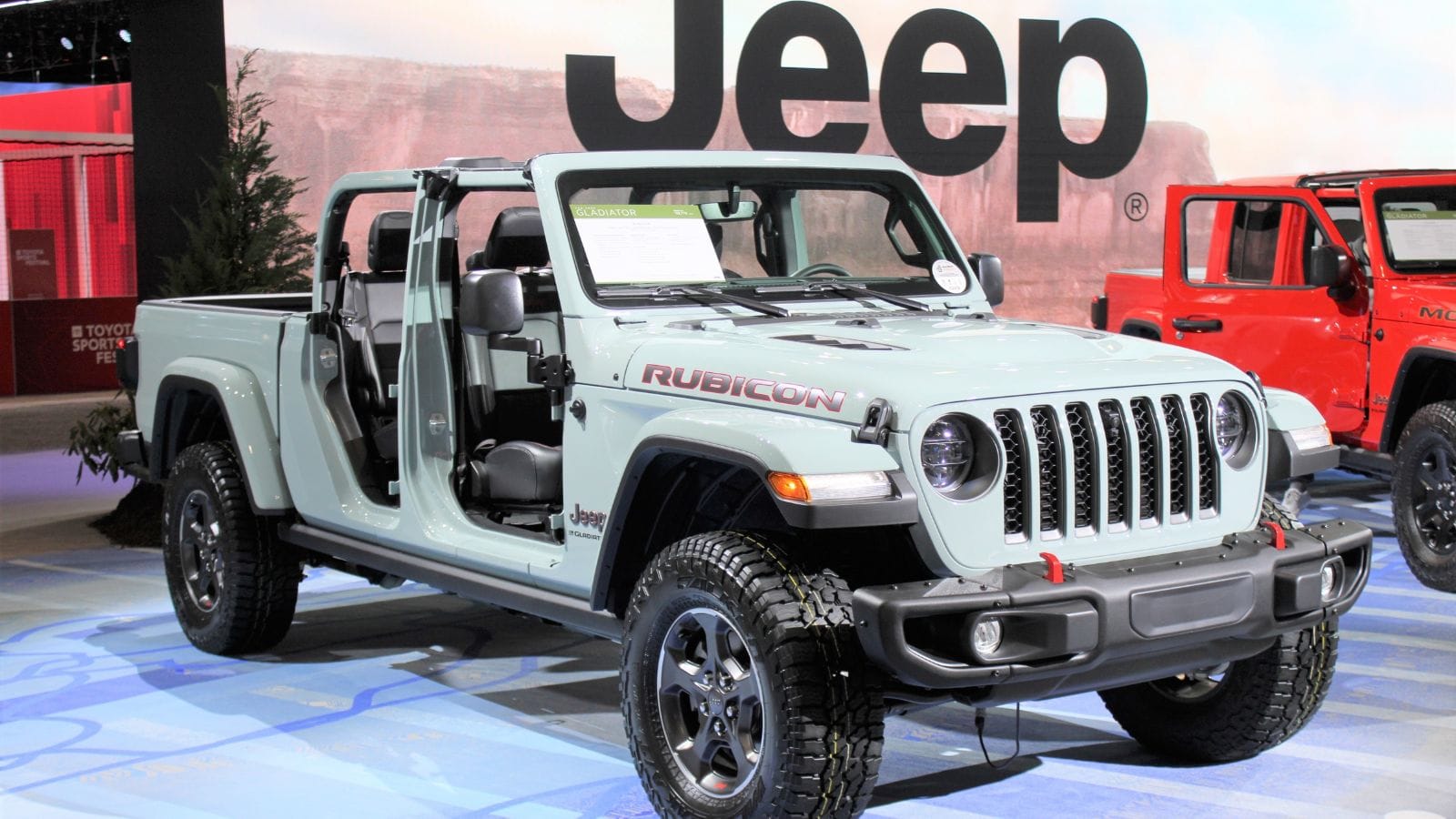
The Gladiator’s initial hype led to high sticker prices, but the resale reality has been sobering. While it shares DNA with the Wrangler, its pickup form hasn’t resonated as well with mainstream buyers. Off-roaders like it, but the niche market means limited resale demand. Its heavy curb weight, average towing figures, and high cost of ownership also work against it in the second-hand market. And, as more versatile midsize trucks arrive with better fuel efficiency and modern amenities, the Gladiator risks steep depreciation. Value drops approaching 50% by 2026 are expected, particularly on high-trim models.
Ram 2500 (Gas Models)
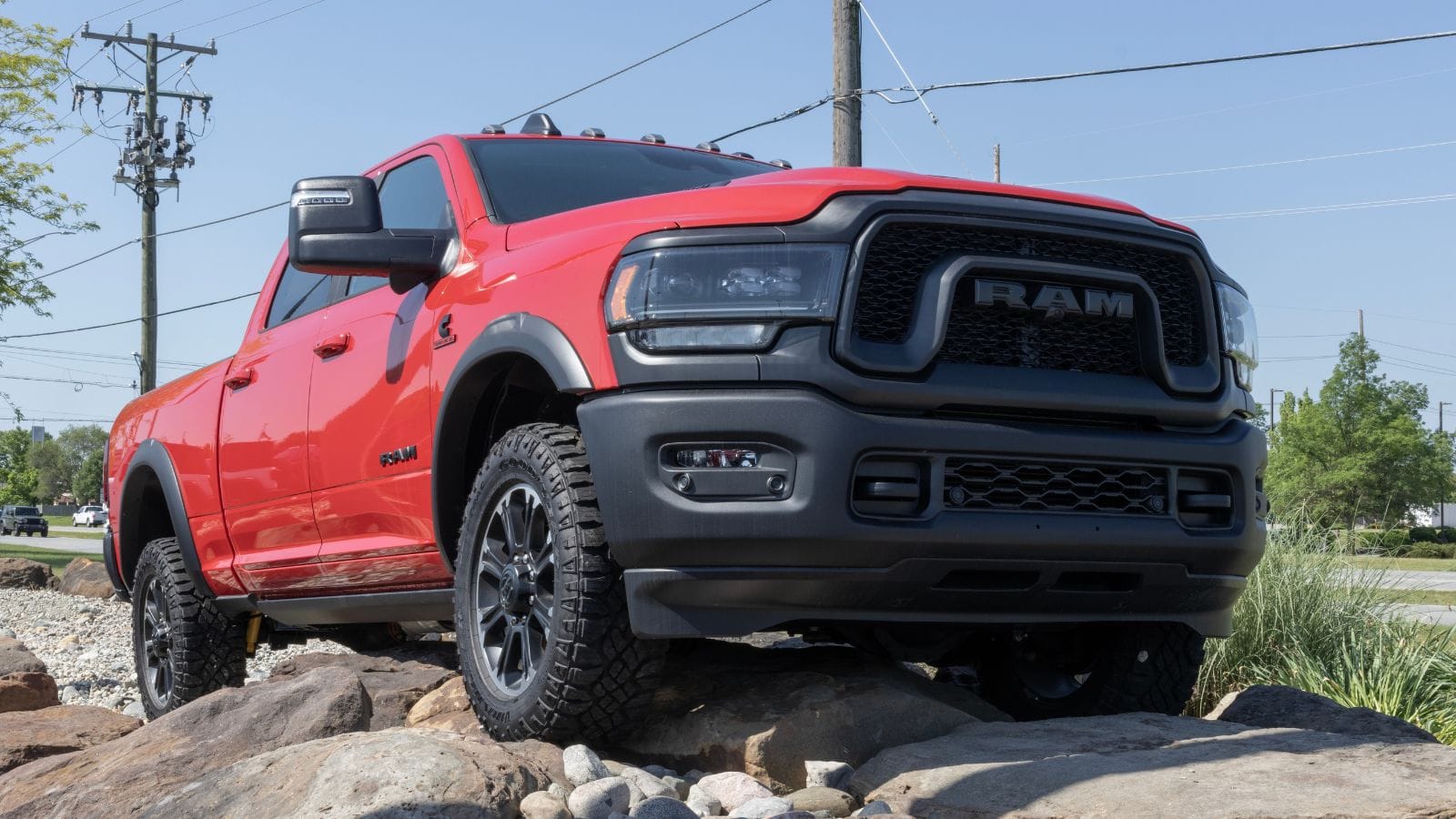
Heavy-duty gas-powered trucks don’t hold their value as well as their diesel counterparts. The Ram 2500 with a gasoline engine often sees lower resale prices due to higher fuel consumption and less torque. Buyers in this segment usually opt for diesel models for towing, so demand for used gas variants is limited. Without the long-haul appeal or longevity associated with diesel, the gas-powered Ram 2500 faces faster depreciation. By 2026, it’s pretty likely these models will have lost around half their value, especially if not well-maintained.
Ford Maverick (Base Trim)
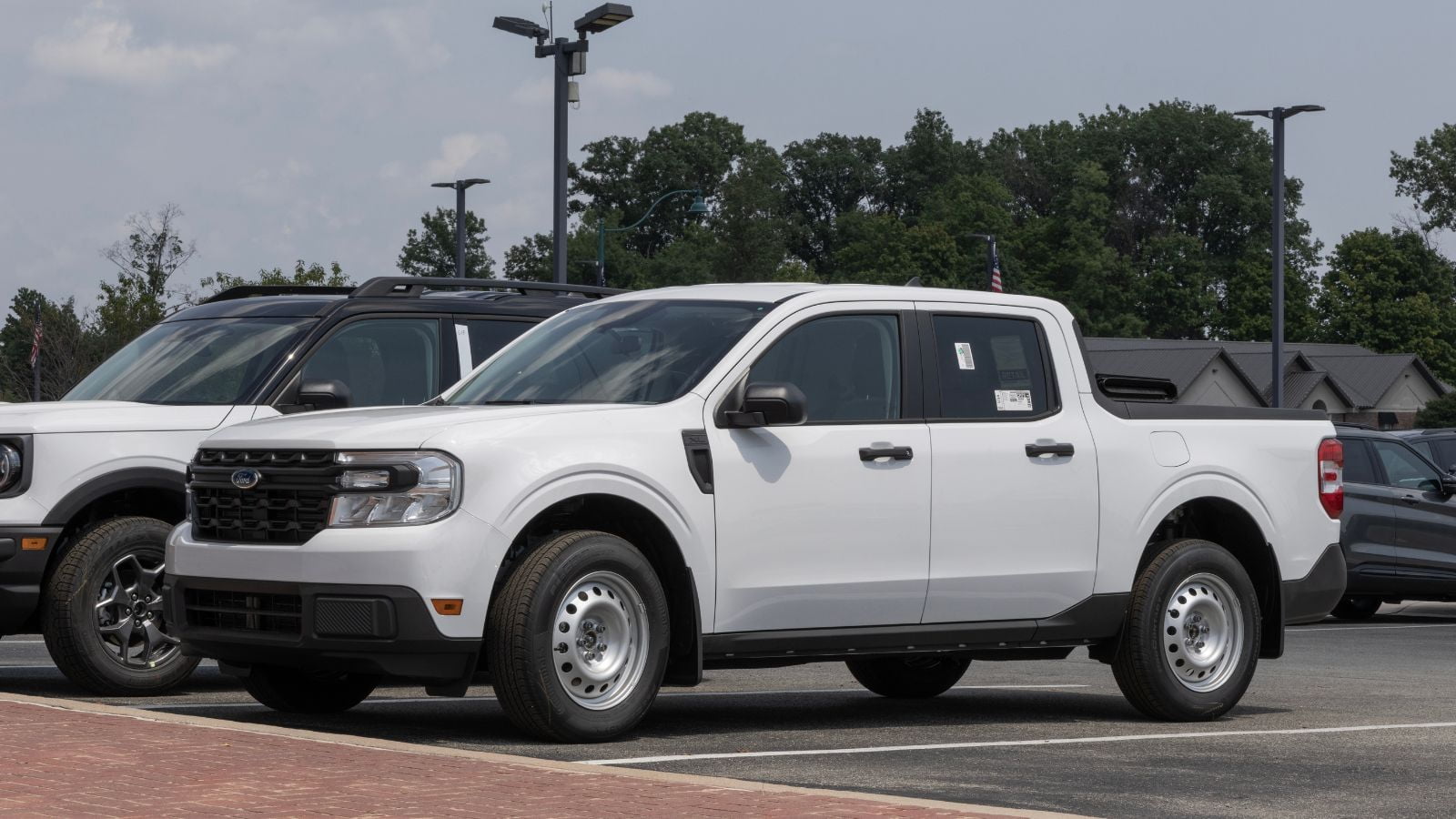
The Maverick has been well received overall, but the base trim lacks appeal on the used market. It omits many features that today’s buyers expect, including AWD and advanced infotainment systems. With many opting for hybrid or upgraded trims, the base Maverick risks being left behind. If resale trends follow similar patterns to other compact trucks, it could depreciate quickly. The lack of robust towing capacity and a no-frills interior don’t help. By 2026, the base models may struggle to retain even 50% of their original value.
Chevrolet Silverado HD (WT Trim)
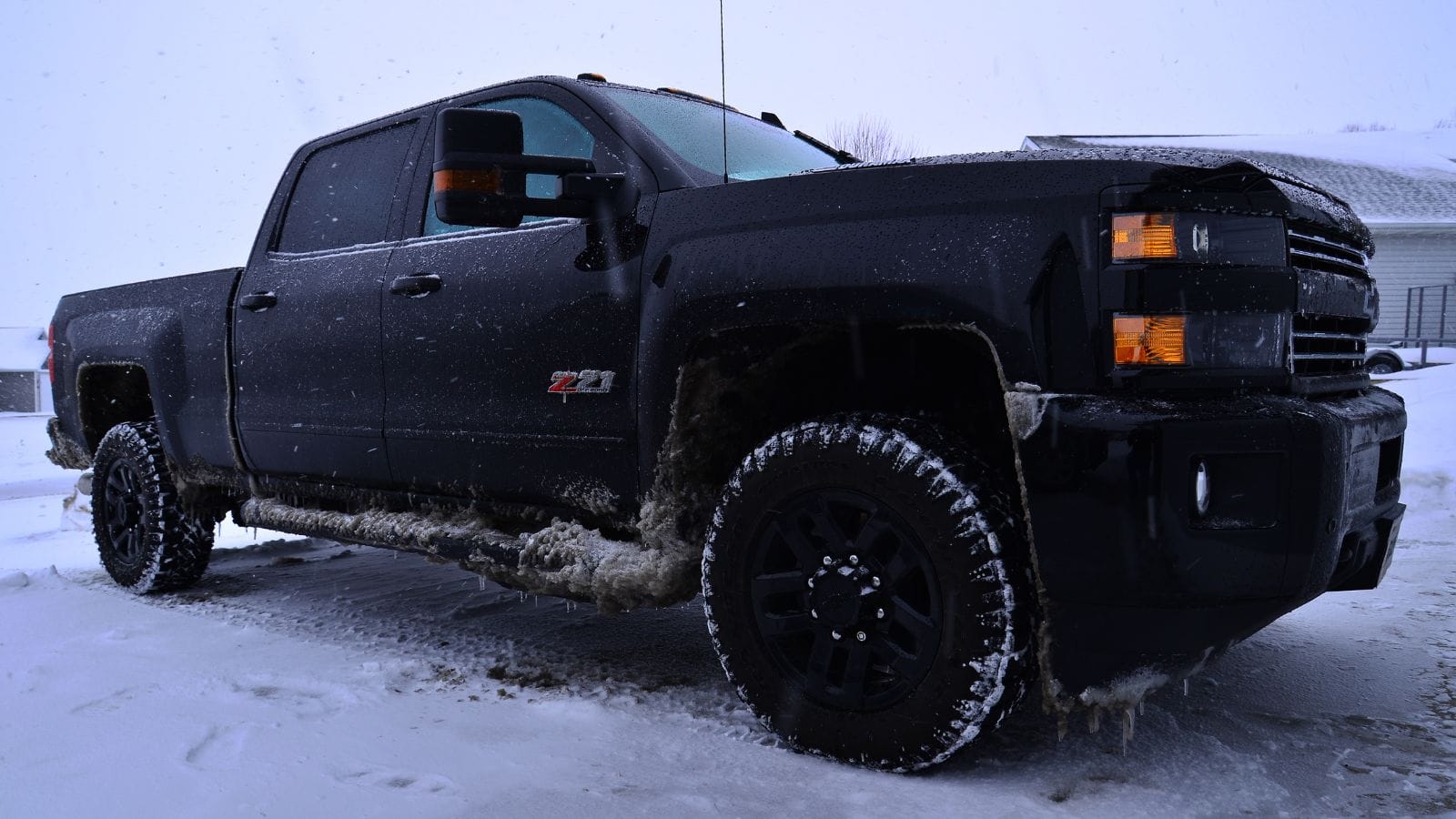
Work Truck (WT) trims in the Silverado HD line are built for durability, not comfort. That’s great for fleet buyers, but on the resale market, comfort matters. The WT’s lack of interior refinement, barebones tech, and harsh ride limit its appeal to private buyers. With so many entering the used market from commercial service, oversupply will continue to be a problem. Buyers looking for a used HD truck are more likely to seek out mid- or high-trim versions. As a result, the WT trim is on track for substantial depreciation by 2026.
Toyota Tacoma (Base SR Trim)
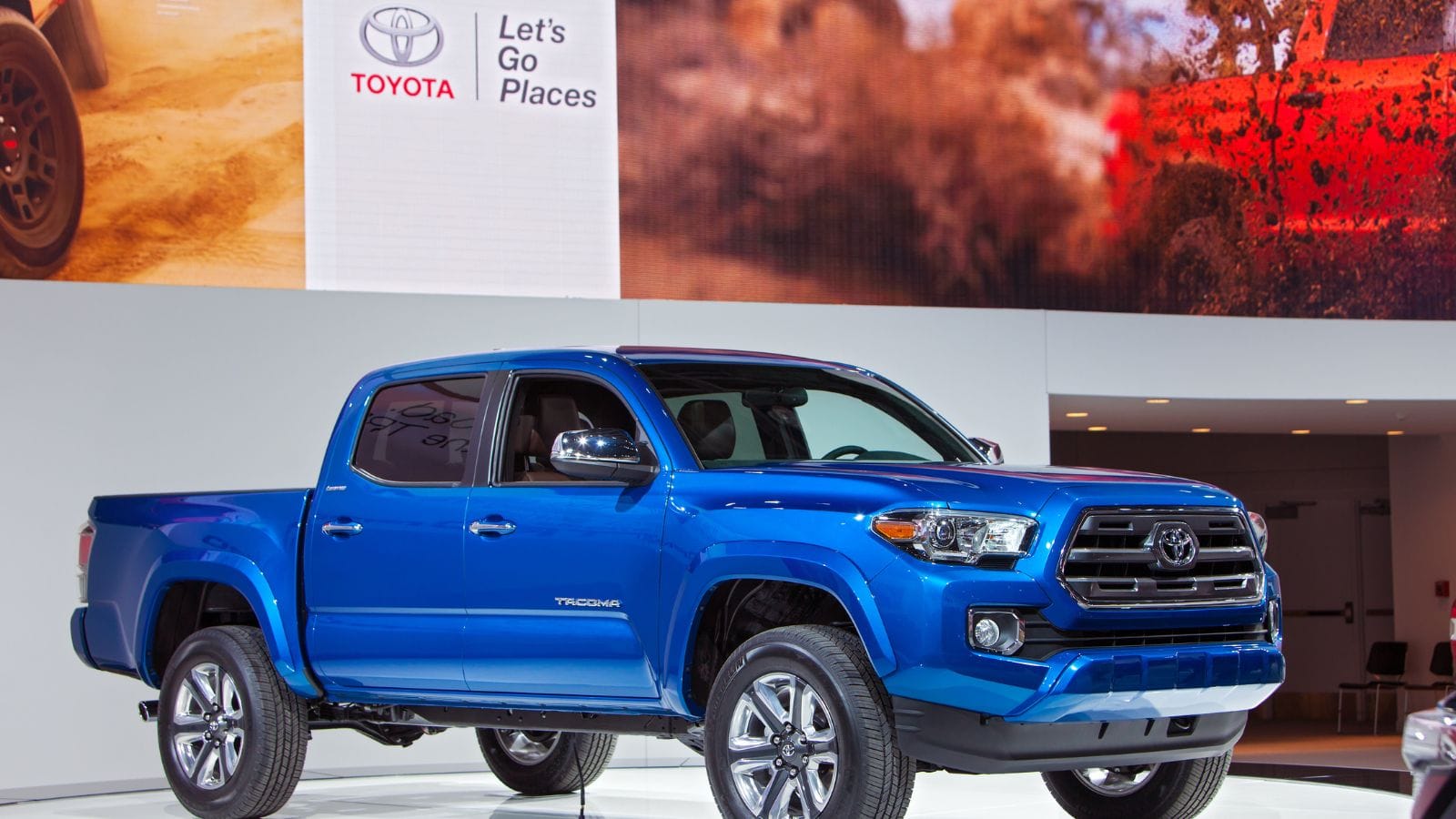
The Tacoma is known for strong resale, but the base SR trim bucks that trend. Lacking in tech features, off-road capabilities, and comfort, the SR trim is often skipped in favor of TRD Sport or Off-Road models. Its resale value suffers due to low demand and limited appeal beyond utility-focused fleets. As newer, better-equipped Tacomas flood the used market, the base SR may see its value plummet. Buyers want versatility and connectivity, and this trim doesn’t offer enough of either. A 50% depreciation by 2026 isn’t far-fetched for this entry-level model.
GMC Sierra 1500 (Elevation Trim)
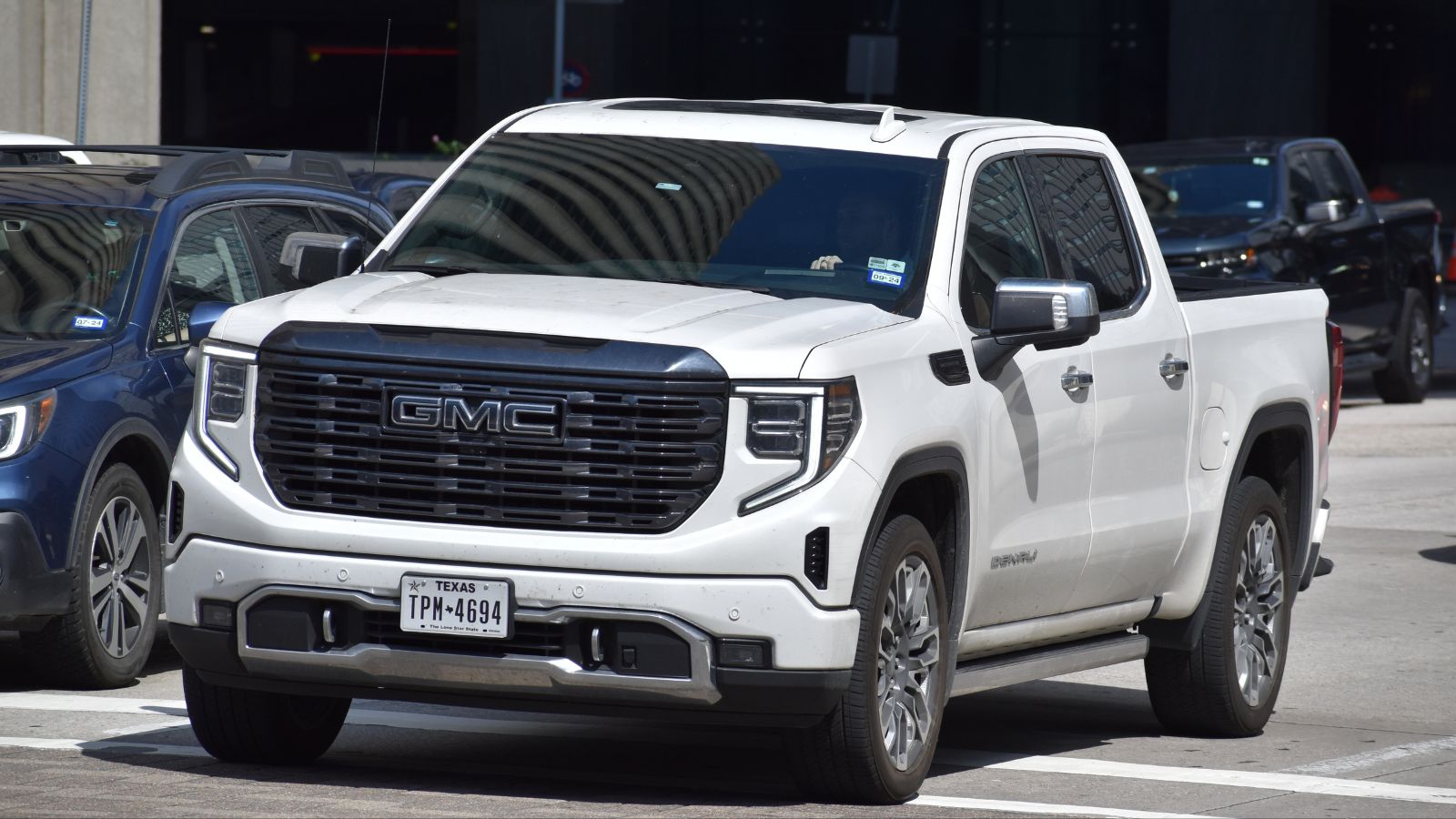
While not a base trim, the Elevation sits in an awkward position. It’s often overlooked in favor of higher-end Denali trims or more affordable base models. It doesn’t offer significant luxury or utility advantages, which makes it susceptible to price drops. The market for used Elevation trims is relatively soft, and buyers often negotiate aggressively on them. As demand for mid-level trims softens, depreciation accelerates. Plus, with resale value already on the decline, the Elevation variant is on pace to lose around half its initial value within the next couple of years.
Hyundai Santa Cruz

Despite being marketed as a lifestyle truck, the Santa Cruz has struggled to find its core audience. Its small bed and car-like design limit its utility for traditional truck buyers, and crossover shoppers aren’t entirely sold on the pickup form. That ambiguity hurts resale. It’s also relatively expensive compared to similarly sized utility vehicles, which further weakens its used-market appeal. With competition heating up in the compact truck segment, the Santa Cruz could suffer steep depreciation by 2026. Early models are already seeing sharp discounts.
Rivian R1T
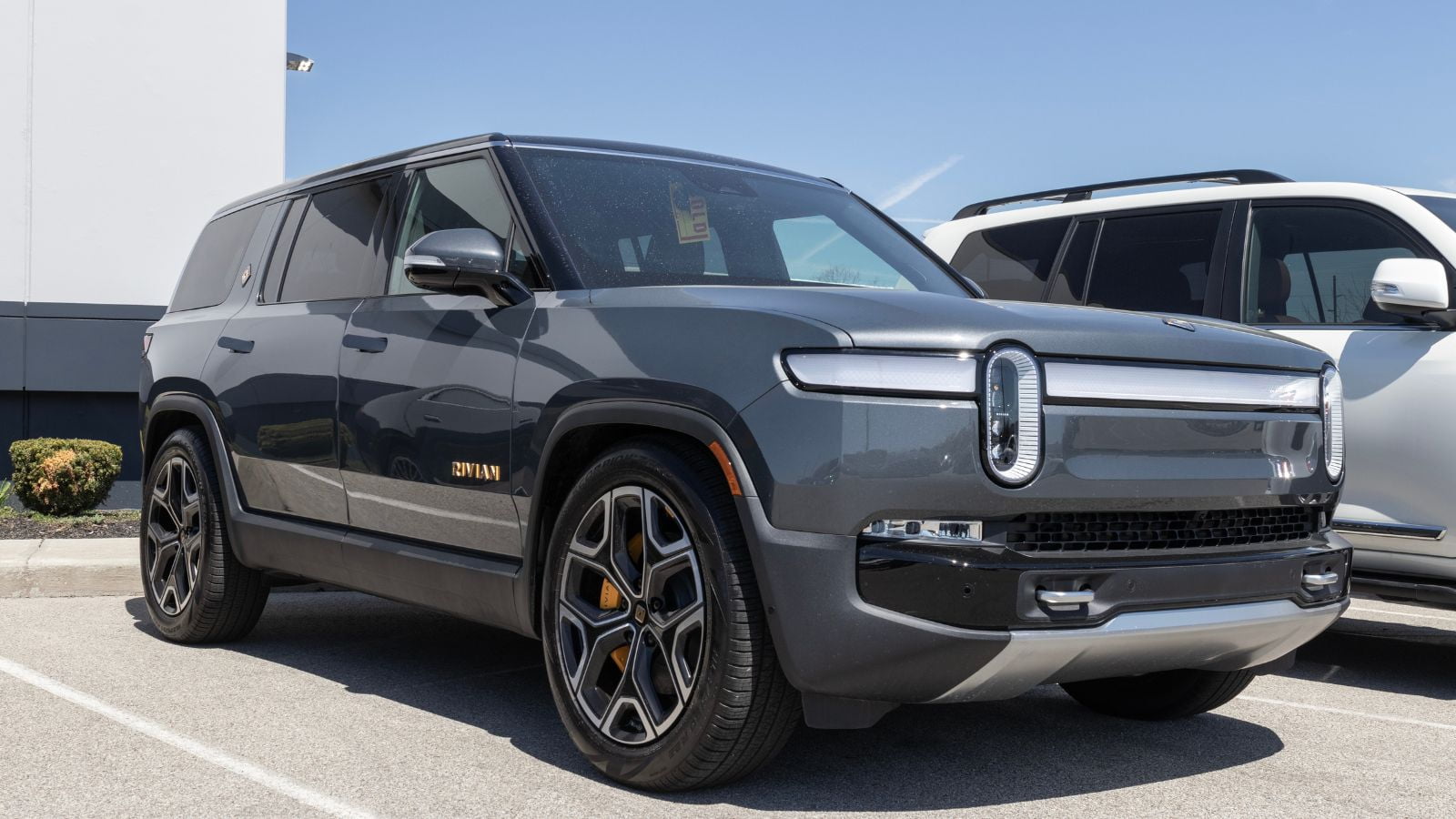
As one of the first electric trucks on the market, the R1T attracted tech-savvy early adopters. But EVs can depreciate quickly due to battery degradation concerns, software obsolescence, and rapidly evolving competition. The luxury price point and lack of established service infrastructure further impact resale. As more affordable EV trucks enter the market, the resale value of expensive first-gen models could take a significant hit. Unless Rivian builds more robust support and brand recognition, the R1T is likely to lose a substantial portion of its value by 2026.
Chevrolet Avalanche (Used Market)
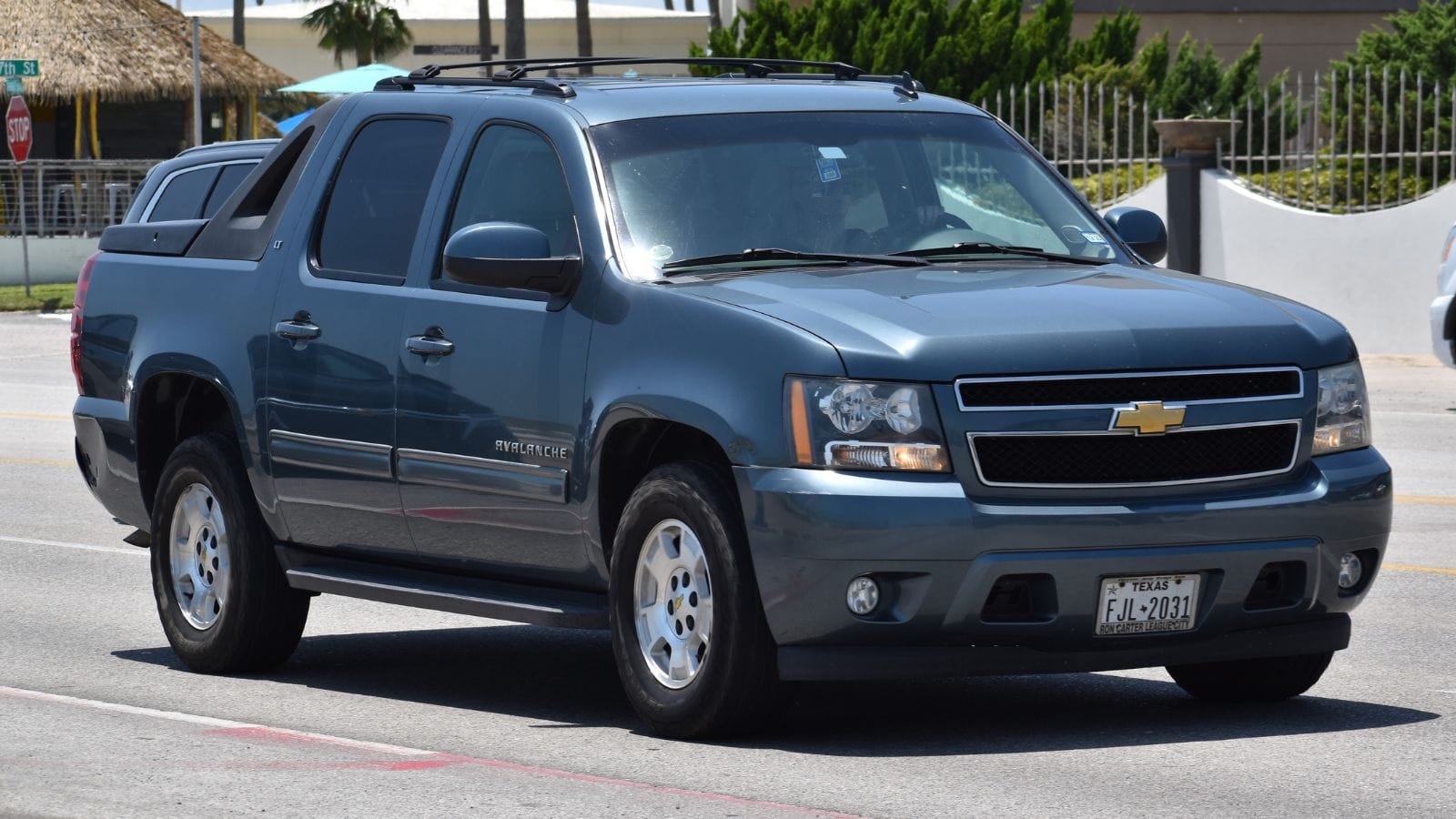
Though discontinued, the Avalanche still appears in the used market, and it doesn’t hold value well. Its unique styling and blend of SUV-truck features no longer appeal to mainstream buyers. With dated tech, lower fuel efficiency, and scarce parts, it faces resale challenges. As more modern used options become available, interest in the Avalanche continues to wane. Prices have been dropping steadily, and by 2026, many models will have lost well over half their original value.
Ford Super Duty (XL Trim)
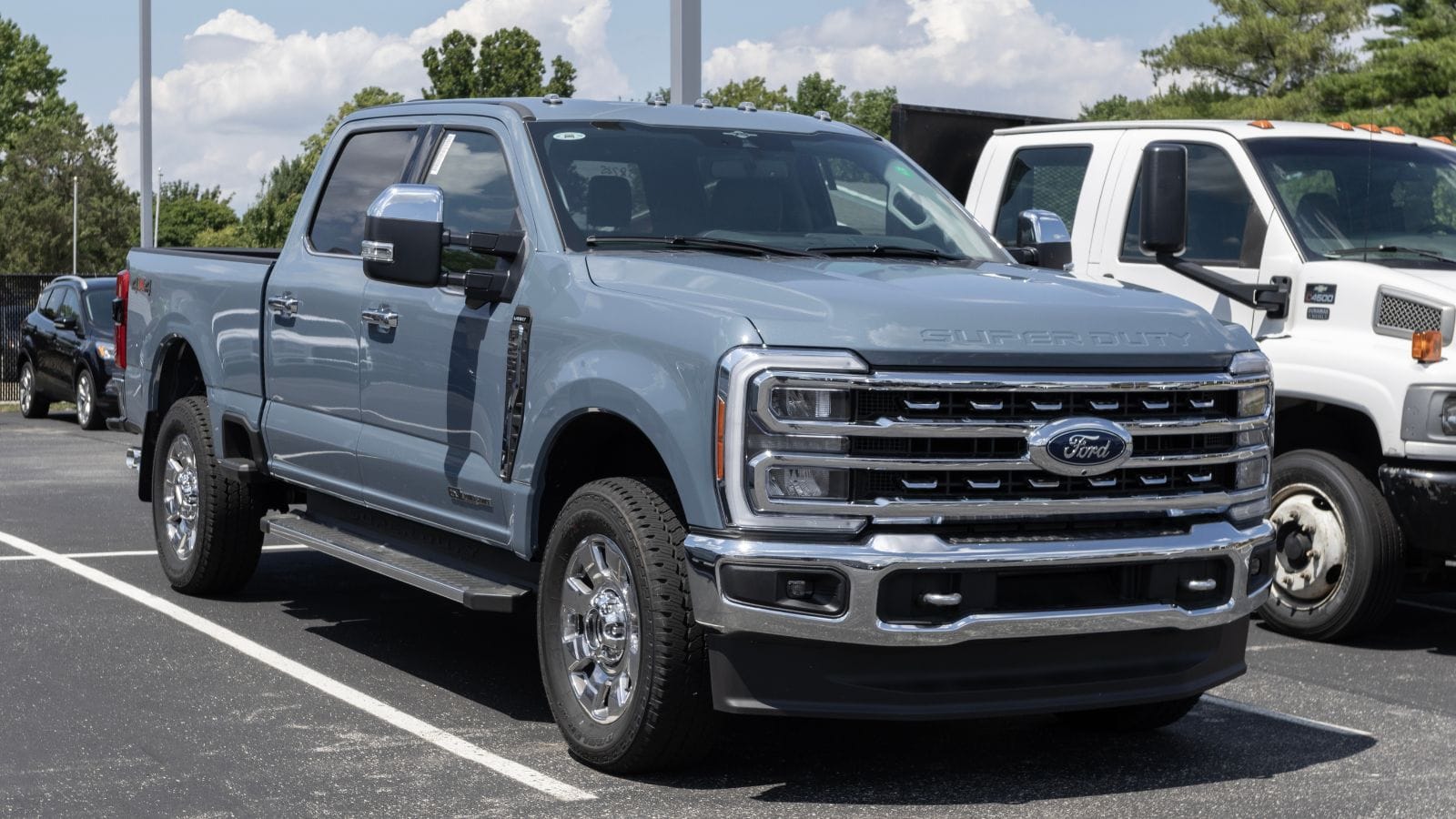
Like the F-150 XL, the Super Duty XL trim often ends up in fleet service, leading to high mileage and minimal features on the used market. Its value drops quickly without premium options like leather interiors, upgraded infotainment, or enhanced towing packages. Buyers interested in heavy-duty trucks generally prefer better-equipped trims, leaving XL models with fewer takers. This supply-demand imbalance has already affected resale, and further drops are expected. A 50% decline by 2026 isn’t unlikely for these stripped-down workhorses.
Ram 1500 (eTorque Mild Hybrid Models)
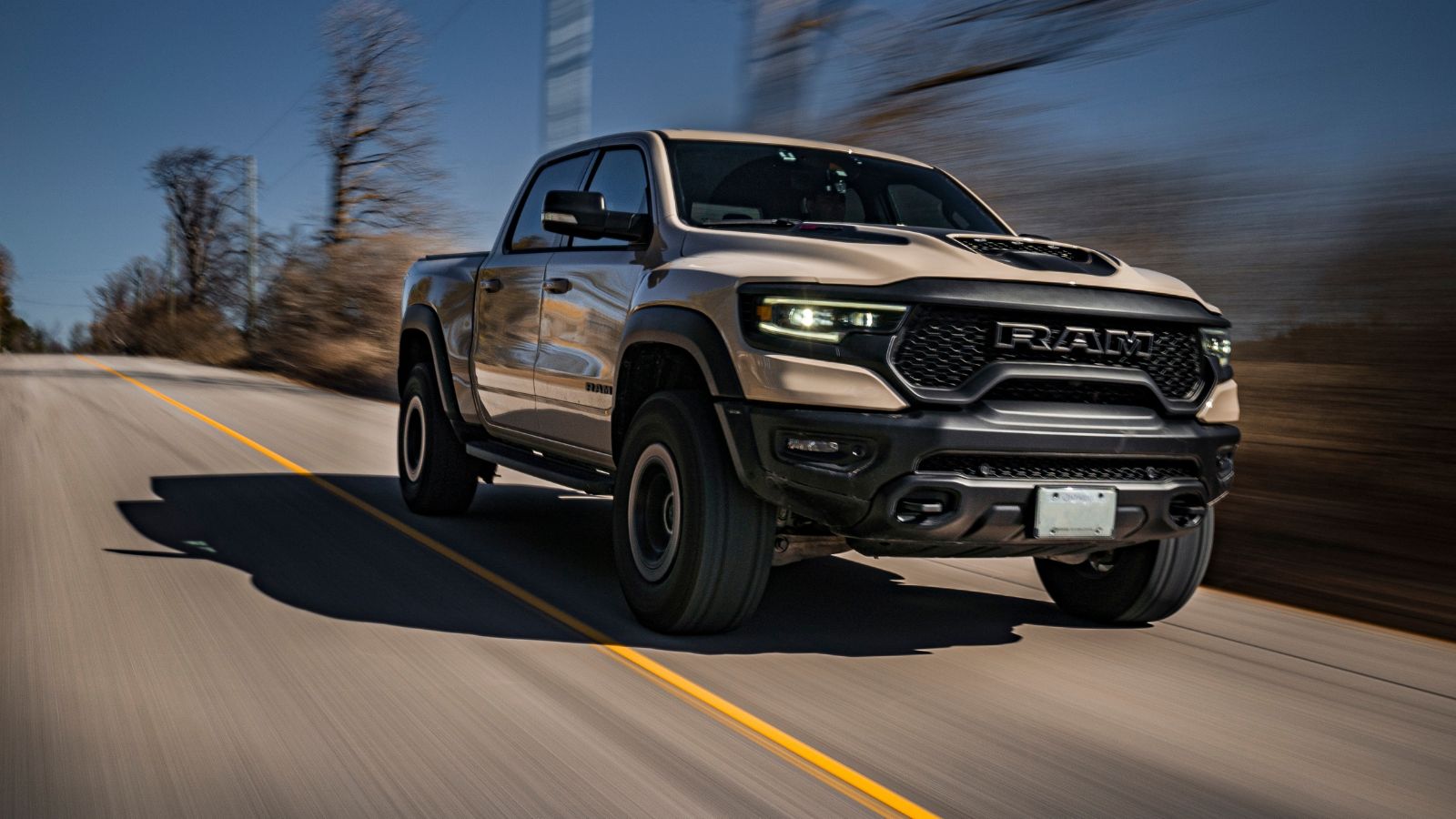
The eTorque system was introduced to improve fuel economy slightly, but its real-world benefits have been marginal. It adds complexity without delivering game-changing efficiency or performance. Buyers looking at used trucks often prefer simplicity and proven reliability, which makes the eTorque models harder to resell. Additionally, concerns about long-term reliability and the cost of repairing the hybrid system further depress value. While Ram 1500 overall holds decent resale, the eTorque versions are likely to fall short. By 2026, they could lose half their value or more.
25 Facts About Car Loans That Most Drivers Don’t Realize

Car loans are one of the most common ways people fund car purchases. Like any other kind of loan, car loans can have certain features that can be regarded as an advantage or a disadvantage to the borrower. Understanding all essential facts about car loans and how they work to ensure that you get the best deal for your financial situation is essential. Here are 25 shocking facts about car loans that most drivers don’t realize:
25 Facts About Car Loans That Most Drivers Don’t Realize
